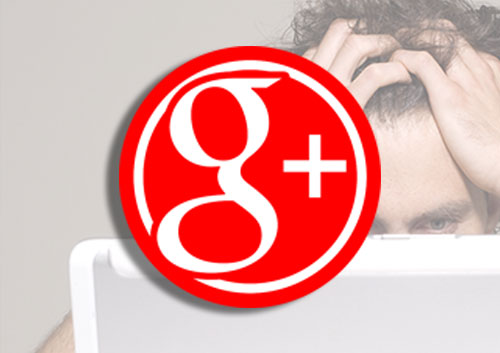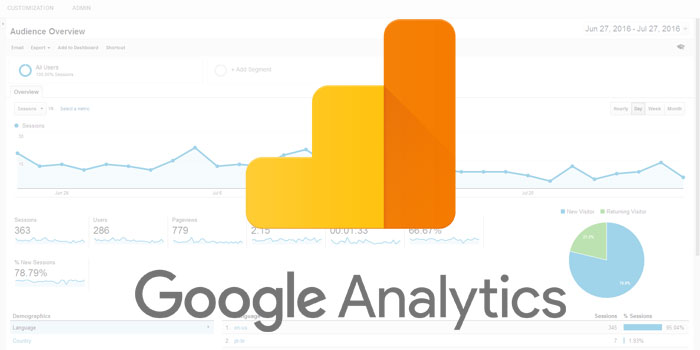
by Alyssa Seaney | Aug 31, 2016
Promotional materials, also called premiums, are products that have your logo and/or tag line on them. People use them, wear them, and give them away, while spreading the word about your business. They can be used in numerous ways from sponsorships, to gifts, to surprise inclusions with a purchase. Expand Brand Recognition Having people wear and use merchandise with your logo on it will increase the number of people who notice your brand. When a friend has on a hat with your logo on it, they may check out your business and even buy something. Relatively Low-Cost Advertising TV advertising can be expensive, depending on where you live, but promotional products aren’t that expensive when you consider the benefits. You can sponsor a sports team inexpensively and all the parents will see this logo every game and when doing their laundry. It will keep you at the top of their mind. Great Business Card Replacements Business cards are a very important piece of branding. But, if you really want to stand out at your next event, instead of handing out business cards, hand out key chains, book marks, t-shirts, hats, balls, bumper stickers, or USB drives. People will remember you because you’ll likely be the only one doing it. People Like Touching Something In today’s digital world, getting something that can be touched is a revelation. It feels good to touch something that’s real instead of only looking at digital things. Consumers Keep Promotional Materials When you give usable and targeted items to your audience, they will keep them and use them. This means...

by Alyssa Seaney | Jul 28, 2016
How to Set up Google My Business Google My Business is a completely free website marketing tool that helps your business get found easier online. It’s a place where Google users can find all of your business’s important information, call you directly, or find directions. By making use of it, you become more favorable to Google, helping you rank higher in its searches. Setting it up Easy! Just go to Google My Business and click Start Now. Just follow their instructions and you’ll be set. The process will begin with you entering the company address or the phone number to see if you already have a basic (Google-generated) listing. Then you can claim the business and link it to an existing Gmail account. If you don’t have an gmail address, you can sign up for a new account at http://accounts.google.com/signup. If you’re on a mobile device, you can also search the name through Google Maps and select “are you the business owner?” and follow the steps there. That’s it. A word of caution, though. It’s suggested to be at your place of business when you do this. There are two options in which you can verify, either from a phone call to the business phone number or a mailed postcard to the mailing address. If you select the phone option, then you will need to be ready to answer the business phone to receive your verification code. Just enter the verification code online and you should be good to go. If you cannot have phone verification, you can choose to have Google send a postcard to the mailing address...

by Alyssa Seaney | Jul 27, 2016
How to Set up your Google Plus page Google Plus is a social media site like none other. Unlike Facebook or Twitter, you’re able to have an account specifically for your business that is free to interact with and sell to your customers. You can seek out people that have similar interests as your brand and connect with them. You can easily share content, updates, promotions, and photos of your business or of content that relates to both the users and you. Why is this important? The more you share, the more your content is seen, and the more it can be shared to others that can connect to you. This can be done through Communities, adding +1 buttons, and making use of the social media platform to help your business be favored by Google. Communities are pages of a specific subject that you can manage where both you and the followers can post content to. By followers posting and sharing content under your community, you can guarantee your posts will be seen by even more users. Another way to keep people connecting to you is including a Google +1 button on your site. According to Hubspot, people are 3.5 times more likely to find and view your Google+ than if you didn’t. Better than that, the more you use those circles and connections, the more you’re prioritized on google. This will do wonders to your search engine results and get you ranking high. Yes it is another social media site to keep track of and, yes, it seems odd, but out of all of them, this one...

by Alyssa Seaney | Jul 27, 2016
How to Set up Google Analytics Google Analytics is a valuable free tool from Google that can be useful in many ways. It can track how many people are visiting your site a month, how many calls you’re getting from your google my business page as well as the type of people that are coming to your site. Why is this important? This tool can serve as a baseline for the type of traffic you get and will change with ads you place, events you host, or any time you do something to increase your visibility. It can help you figure out what in your marketing is working and what isn’t and it can show you how much more business you’ve gotten since claiming your company on Google. How do I set it up? Assuming that you have a Google account already, just go to the Google Analytics site and sign up using your sign in for the business. If you do not have a Google account, you’ll want to sign up for a new Google account to get access to all of the productivity tools under one account. They should be able to walk you through everything you need to do. You’ll need to name the account, enter the domain of your website and agree to Google terms before you get the tracking code. Once you have your account set up, you can copy the tracking codes into your site and start tracking data once it has ran for a while on your site. Where you enter your Analytics code on your website will differ from site to site, but...

by Alyssa Seaney | Jul 26, 2016
Creating Graphics for Social Media Let’s face it: all of the different specifications for all of the many social media outlets is enough to make your head spin. Aspect ratios, recommended pixel dimensions and safe zones are not the same for your Facebook, Google Plus, Google My Business page or LinkedIn covers and can be confusing. If you have decided to use social media at some level, you must also decide how often you will use these outlets and what the best way to present yourself and your services or product to the viewing audience. Here are a couple of facts to consider. Social media is huge in letting a business reach, inform and interact with their audience. Including images when sharing increases engagement - more clicks, likes and shares. That means you have to look good, get their attention and get them to take some sort of action. You’ll want viewers to like, share, repost or click to go to your website or profile page to learn more. But as a small business owner or person not familiar with graphics formats and software, is this something you really want to do yourself? You’ll need to know to edit and use properly formatted images in your online posts and advertising and consistently post to build an audience and a following. So let’s say that you already have a couple of social media accounts. Hopefully you have your Google My Business page and a dedicated Facebook page. What do they say about your company right now? Do they show it in a good light? This is a good place...

by Alyssa Seaney | Jul 22, 2016
5 Things to Look for in a Web Designer 1. Style Check their images, case studies, examples, portfolios, visit the sites they’ve built. Does the designer’s style match the way you’d like your site to look. Granted, another company might want something different than you, but does that web developing company seem to deliver clean websites that load quickly that look great? Can you see your site looking something like that? 2. Price How much do they charge for website development? Is this within your budget? You’ve probably already thought about cost, so double checking with a company about what they can do for you at your price point is important. If a website design company has some basic pricing listed, that’s even better! 3. Using Appropriate Language Yes, many website designers can make “beautiful, stunning sites,” which you may want, but if that’s all they talk about? Run. A good website designer will want to talk about you. Your goals for the site, the functions you want your site to do, your hopes for how it all looks. 4. Offering Different Designs Sometimes you think of an idea and as soon as you see it in reality…you hate it. Or maybe you’re not sure of exactly how you want your site to look, but you have a few guidelines you’d like a designer to follow. That’s all okay, unless your website designer only allows for one design. You’d don’t want to be stuck with something you don’t love, so make sure the agency you stick with will really work with you to create a look and feel you’re...







